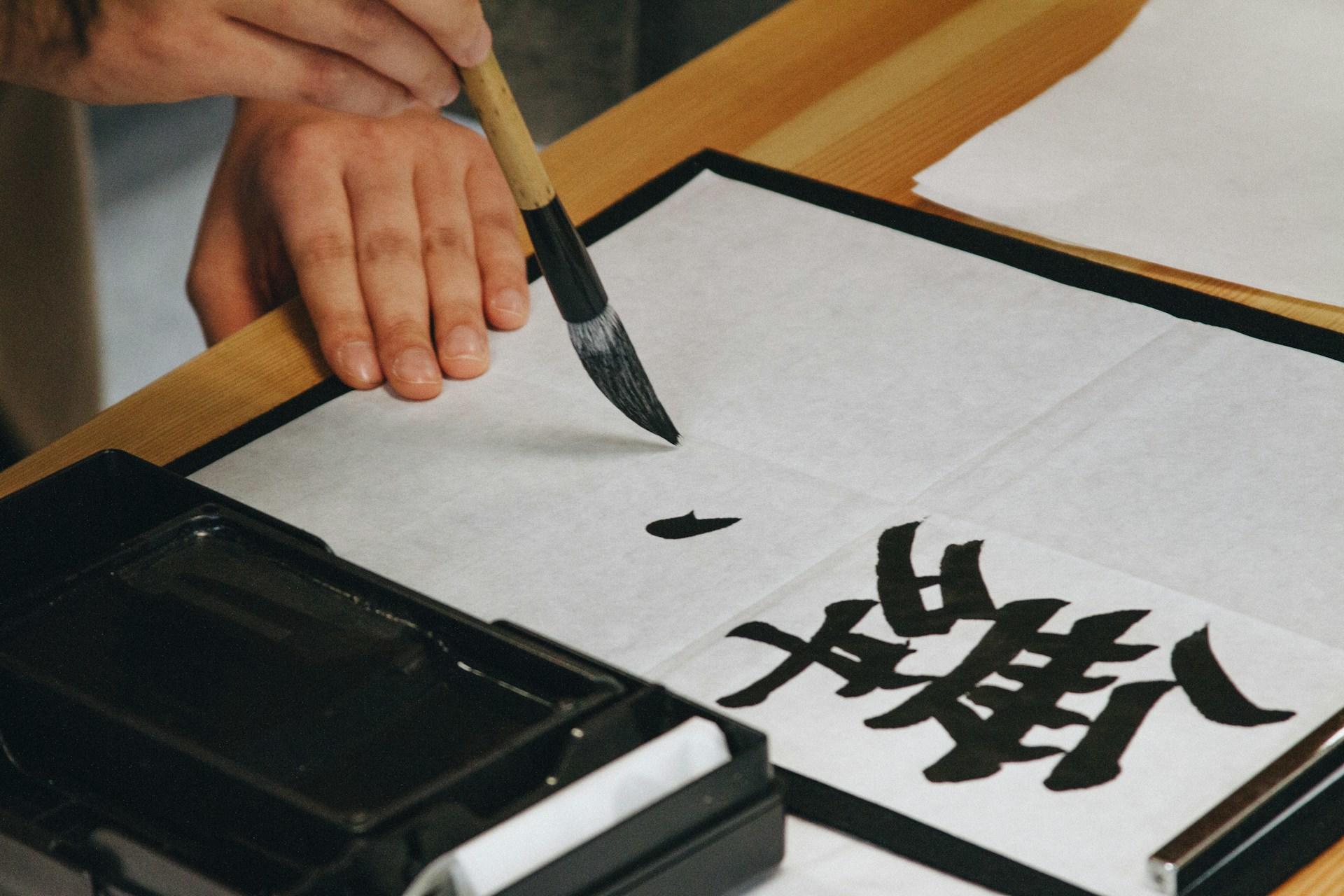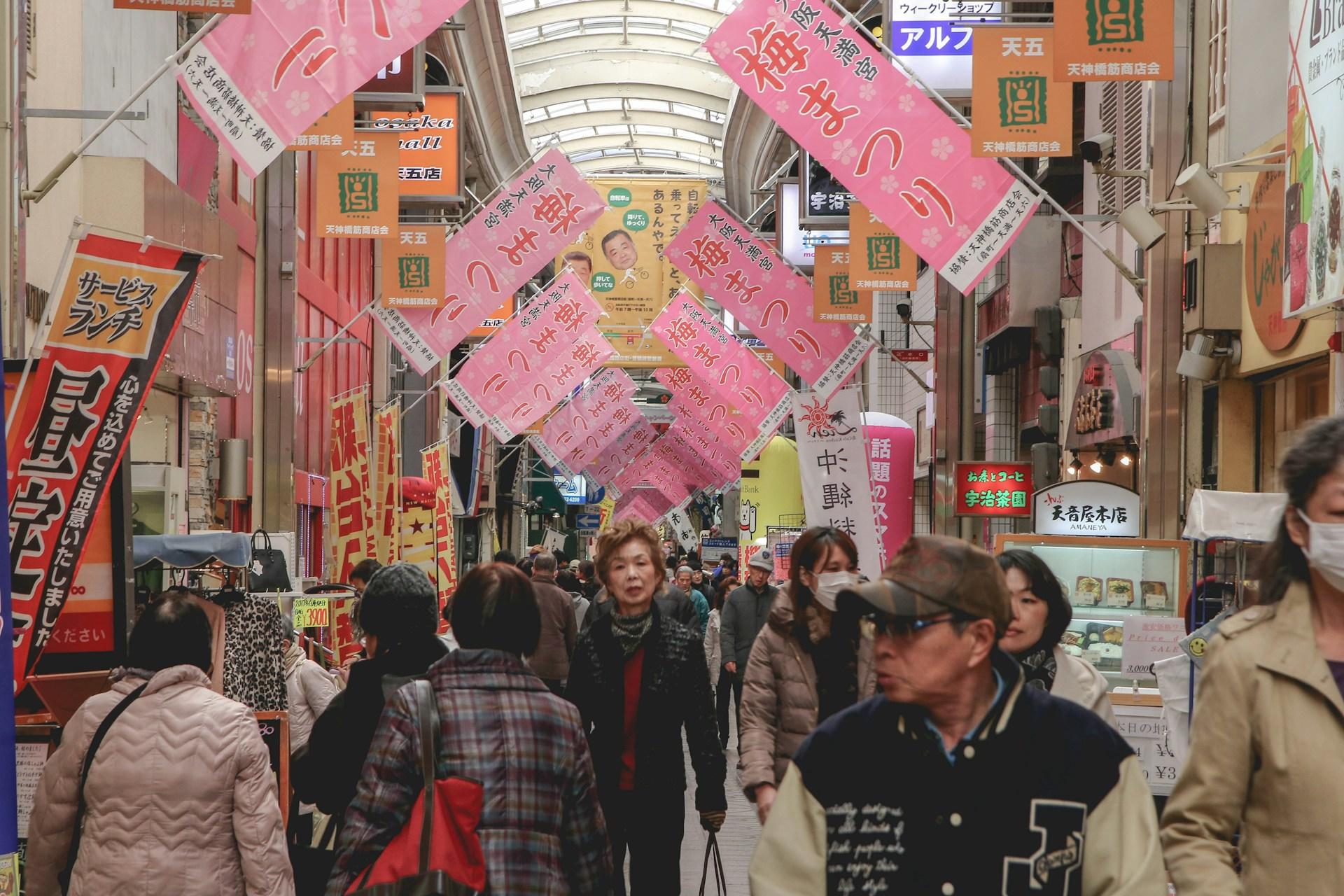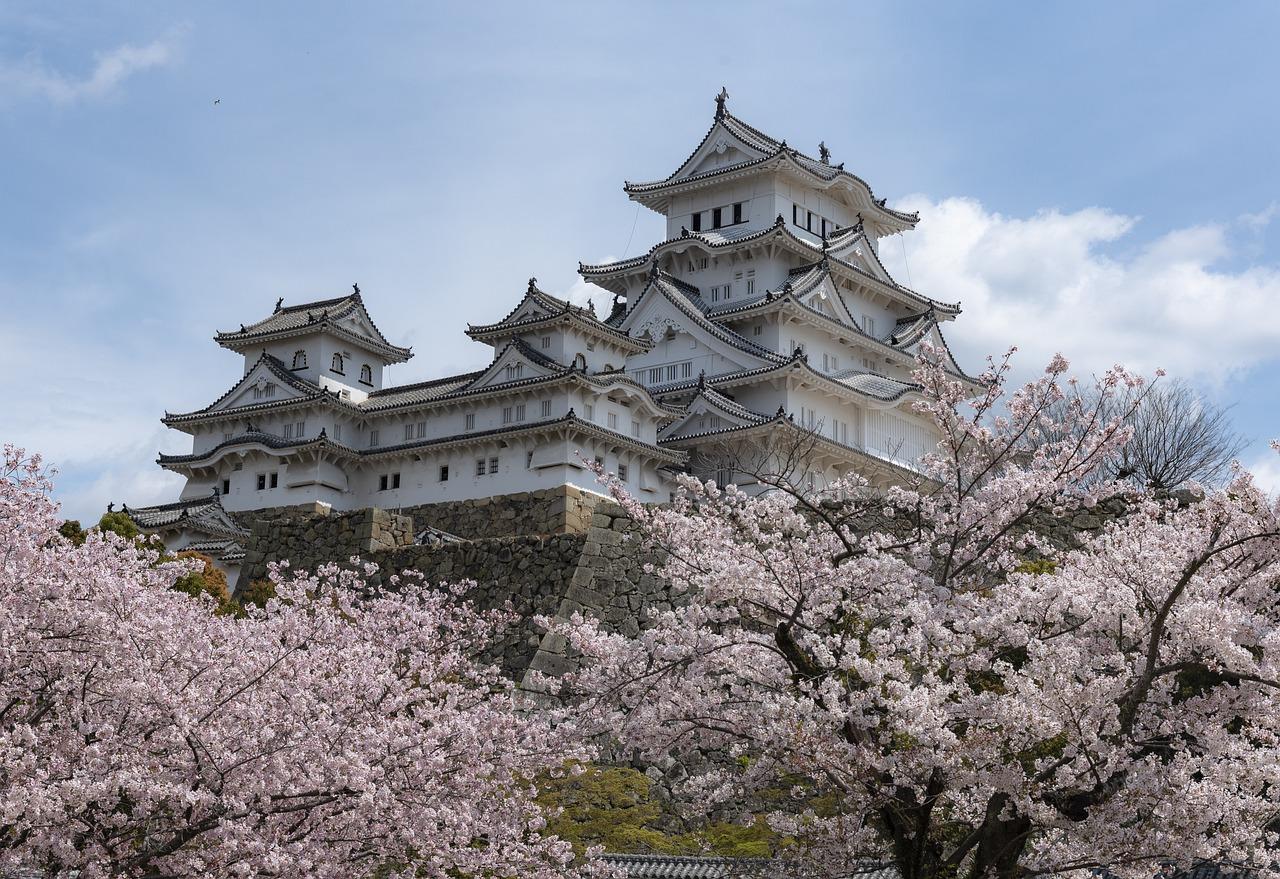Japan, a mesmerising island nation nestled in East Asia, captivates with its rich tapestry of history, vibrant culture, and groundbreaking technological innovations. From ancient traditions to futuristic marvels, this alluring destination offers a unique blend that enchants every visitor. Its stunning landscapes, including Mount Fuji, Himeji Castle, and Itsukushima Shrine, have captivated people from around the world to visit Japan.
Learning Japanese goes beyond just picking up a new language; it's like unlocking a door to the world of Japanese traditions, literature, and values. Lately, the language has been catching on globally, thanks to Japan's impact on technology, anime, manga and cultural exports.
The Japanese writing system of Kanji, Hiragana, and Katakana, along with its distinctive pronunciation and vocabulary, may seem challenging at first. However, these characteristics can help gain an understanding of Japan’s unique cultural expressions and philosophies.
Why is understanding the history of the Japanese language important? By getting to know the history, you will better appreciate its structure and cultural significance. As we explore the historical evolution of the Japanese, we’ll uncover the story of how this unique language developed into what it is today and why learning it offers a means to establish a deeper connection with an inspiring culture and to delve into the nuances of a globally admired nation.

The History of the Japanese Language & The Chinese Influence
Did you know that the origins of the Japanese language have sparked intense debate and intrigue? Some evidence points to links with different language families like Chinese, Polynesian, and Ural-Altaic. On top of that, some experts think Japanese is in a league of its own as a language isolate.
It is difficult to determine the exact origins of the language, mainly because the Japanese people were not familiar with writing at that time, and the language they communicated in was solely oral, without any written form. While the origins remain obscure, the earliest records of the Japanese come from Chinese influence.
This era of linguistic borrowing indicates the start of a lasting connection between the Chinese and Japanese languages. The Japanese began using Chinese characters, such as kanji, in the 4th century, and this is believed to have entered Japan through the Korean Peninsula and China. Initially, kanji was used purely for its phonetic value, but the Japanese adapted these characters over time to better suit their language. This gave rise to "kanbun," a method of reading Chinese texts using Japanese grammar and vocabulary.
These writings are the oldest known instances of written Japanese, known as Old Japanese, which retains numerous grammatical structures similar to those found in the modern language. Learning the beautiful kanji script in Japanese can be a bit challenging, but it's worth it. Understanding its historical significance helps us appreciate China and Japan's deep cultural and linguistic exchange.

What is the Kana Writing System?
Using kanji was helpful for writing, but it was inconvenient and could not fully capture the little details of spoken Japanese. Therefore, over time, Japan came up with its own writing systems, called hiragana and katakana (collectively referred to as kana), which simplified and adapted the Chinese script. This new way of writing allowed the Japanese to express their language more accurately and flexibly.
Hiragana is a simplified version of Kanji. It was created in the Japanese Imperial Courts and was used by people who spoke Japanese. In contrast, Katakana was created by Buddhist monks and is like a shorthand version of kanji.
Hiragana has 46 written characters, with five vowels and the rest consonants. Each symbol represents a sound and is mainly used for writing Japanese words. On the other hand, Katakana also has 46 characters, which correspond to the same 46 sounds in Japanese. However, Katakana is specifically used to write Japanese words that come from other languages, known as loanwords.
Historically, hiragana was often linked with women’s writing, appearing in literature and personal diaries. On the other hand, men commonly used katakana for official writing and religious texts. These two scripts worked together with kanji to form a fascinating hybrid writing system that beautifully captured the nuances of the Japanese language.
The creation of hiragana and katakana marked a significant change in Japanese linguistic history. These writing systems enabled the Japanese language to be expressed more effectively, leading to a proliferation of domestic literature. The Tale of Genji, authored by Murasaki Shikibu in the 11th century, is one of the most renowned literary works from this era and is recognised as one of the earliest novels in the world.
The kana system is an excellent way to start for people learning Japanese nowadays. Unlike kanji, which needs you to memorise thousands of characters, hiragana and katakana only have 46 basic characters each, so they're pretty easy to learn. Once you've mastered kana, you'll feel more confident reading and writing in Japanese, allowing you to dive deeper into the language.
If you are interested in learning Japanese and looking for resources, check out Essential Tools for Mastering Japanese!
The Meiji Restoration
In the 16th century, Western influence arrived in Japan, introducing new words and concepts to the language, especially through trade and Christianity. Words such as pan (bread) and tabako (tobacco) were introduced by Portuguese missionaries and are still being used today. However, it wasn’t until the late 19th century that Japan experienced a period of significant linguistic and cultural transformation known as the Meiji Restoration.
Japan was rapidly modernising and adopting Western technology, science, and education during this period. As part of this transformation, the Japanese language was standardised to create a unified national language to promote its use to the growing literate population. The government made an effort to simplify Kanji, promote the use of kana, and introduce new vocabulary to accommodate the influx of Western ideas.
The Meiji reform created a balance between traditional elements and foreign influences while shaping modern Japanese. Today, those learning Japanese will come across a bunch of loanwords, especially from English, called gairaigo. These words are often written in Katakana, which shows how Japan is open to using words from other languages. Knowing the history behind these loanwords can help you grasp them more easily and make learning Japanese more fun, as you can see how the language has changed and how versatile it is.
If you are interested in learning Japanese and pursuing a certificate, why don't you read Where to Find Japanese Classes and Certifications in Singapore?
Getting to Know Modern Japanese
After the war, Japan rose as an economic superpower in the 20th century, further impacting its language. Rapid industrialisation, urbanisation, and technological advancements further influenced the Japanese language. Globalisation led to increasing exposure to English, especially in business, popular culture, and education. However, the Japanese language has managed to remain incredibly resilient and dynamic.
During the post-war period, the Japanese government made an effort to further standardise and simplify the language by introducing a set of official kanji known as the Jōyō kanji. These are to be used in everything, including education and media. The Japanese government made this move to lift the burden of memorising thousands of kanji characters and to make literacy attainable among its population.

In the modern era, the Japanese language has surged in popularity due to the Japanese pop culture, which includes video games, anime, and manga. This has attracted a lot of interest globally, especially among the younger generation to learn Japanese. In the 21st century, studying Japanese is a thrilling way to connect with a global audience fascinated by its media, literature, and entertainment.
Learning Japanese has become a highly demanded skill as Japan advances toward diplomacy, technology, and international trade. Learning Japanese is not only a great way to understand different cultures, but it can also open up new career opportunities in various industries. Although learning kanji and navigating different levels of formality can be challenging, the satisfaction of being able to communicate in such an influential language makes it all worth it.
Are you interested in learning the Japanese language? Learning Japanese is an amazing journey that offers a deep understanding of Japan’s rich history, literature, and culture. It can be challenging but don’t forget that is also a rewarding experience. Plus, learning Japanese provides practical advantages in today's interconnected world.
Learning Japanese on your own can be pretty difficult, so hiring a private tutor is the best route to take. For those seeking Japanese lessons, Superprof Singapore is a reliable option. There are many personal tutors available through Superprof, both in Singapore and globally, who can provide lessons online or in person. When reviewing the profiles of Japanese tutors, you'll observe that their hourly rates vary, allowing you to select a tutor that aligns with your preferences and financial plan. Superprof is all about giving you choices and allowing you to choose the best option for yourself.
Furthermore, on Superprof, you can explore the range of services provided by each Japanese tutor, along with detailed ratings and insightful reviews from previous students. Additionally, Superprof tutors provide complimentary trial classes for the first lesson, allowing you to gauge the compatibility and teaching style of the instructor before committing to a series of lessons.














